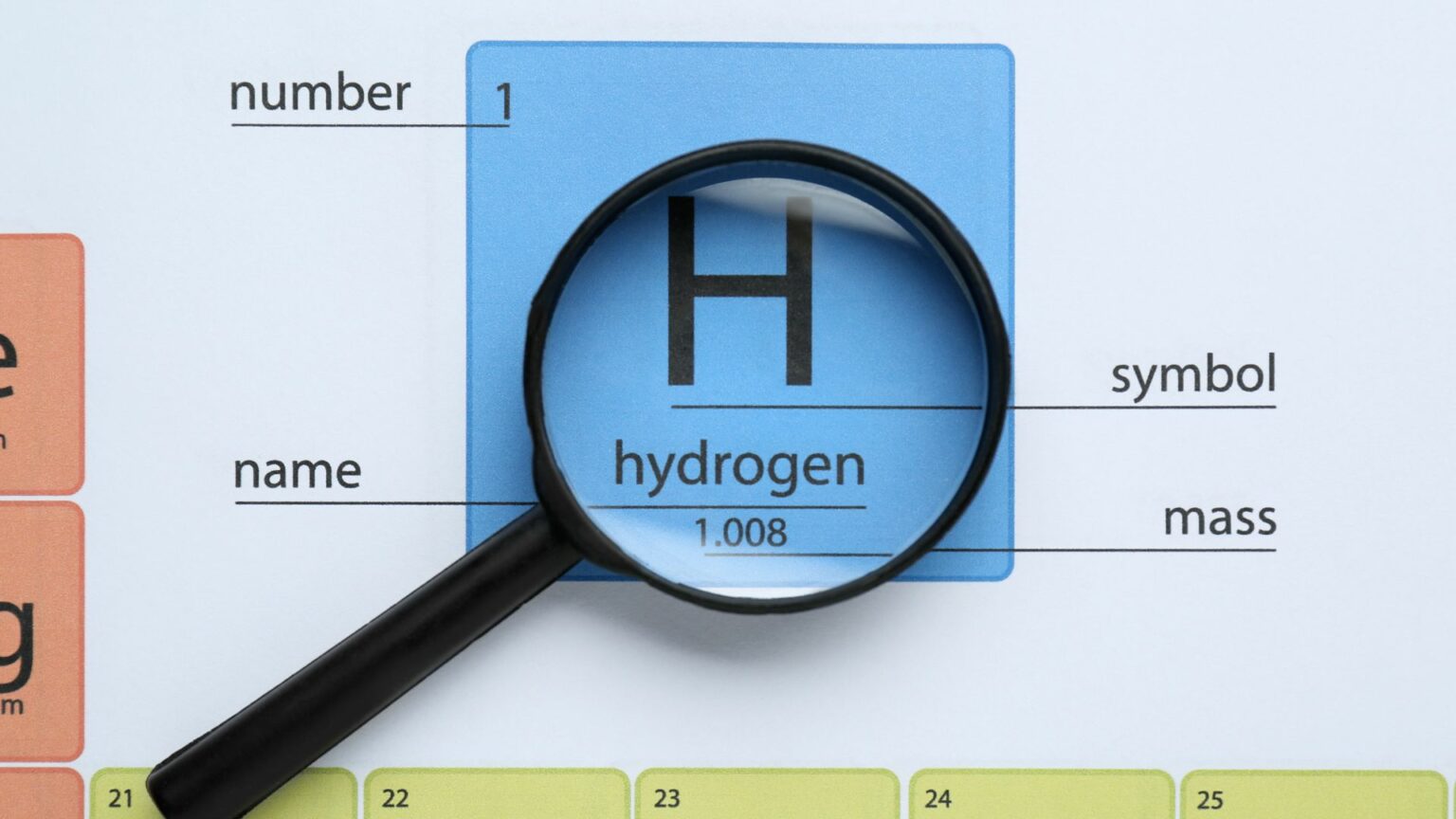Croatia is making strides in the realm of green hydrogen, with a total of 32 pilot projects in various stages of development.
This initiative is part of the broader Croatian Hydrogen Strategy, aiming for substantial progress by 2050. The study, commissioned by the Croatian Hydrocarbon Agency, highlights Croatia’s pivotal strengths in establishing a robust hydrogen production and utilization framework.
The study underscores that implementing this development plan could yield significant advantages for both the nation’s economy and its environmental goals. Of the 32 ongoing projects, six are integral to the North Adriatic Hydrogen Valley initiative. However, the authors note that most of these pilot projects currently operate in isolation rather than forming an integrated hydrogen ecosystem.
By 2030, the total renewable hydrogen produced and consumed in Croatia is estimated to reach 26,400 tonnes. Interestingly, only seven projects, expected to produce around 975 tonnes annually, are designed to ensure both production and consumption, thereby reducing market risks. Meanwhile, the combined capacity of hydrogen production projects is projected at approximately 33,750 tonnes per year, though potential buyers are not yet clearly identified. The expected consumption for hydrogen-centric projects is about 382 tonnes per year, indicating that demand could support even greater production capacities in the future.
The transport sector presents the most favorable conditions for initiating hydrogen pilot projects, particularly in road transport, including public, maritime, and rail transport. Initial adopters of hydrogen technology are likely to be public transport systems in Croatia’s major urban centers: Zagreb, Split, Osijek, and Rijeka. Although the high costs of renewable hydrogen pose a challenge for maintaining affordable public transport, imposing CO2 taxes on fossil fuel alternatives might eventually balance this out. However, the study suggests that initially reducing hydrogen prices could be a more straightforward approach.
The study alludes to the need for a new national model to incentivize renewable hydrogen production. This model could mirror well-established frameworks for renewable electricity, such as contracts for difference (CfD). The difference, or premium, would compensate for the gap between renewable hydrogen production costs and a reference market price, which would be competitive with fossil fuel alternatives. As CO2 emission prices rise, the required premium is anticipated to decrease.
The premium is estimated to be between EUR 3.5 and EUR 5 per kilogram of renewable hydrogen produced. By 2030, around EUR 20 million would be needed to incentivize renewable hydrogen usage in the transport sector, according to the study.
